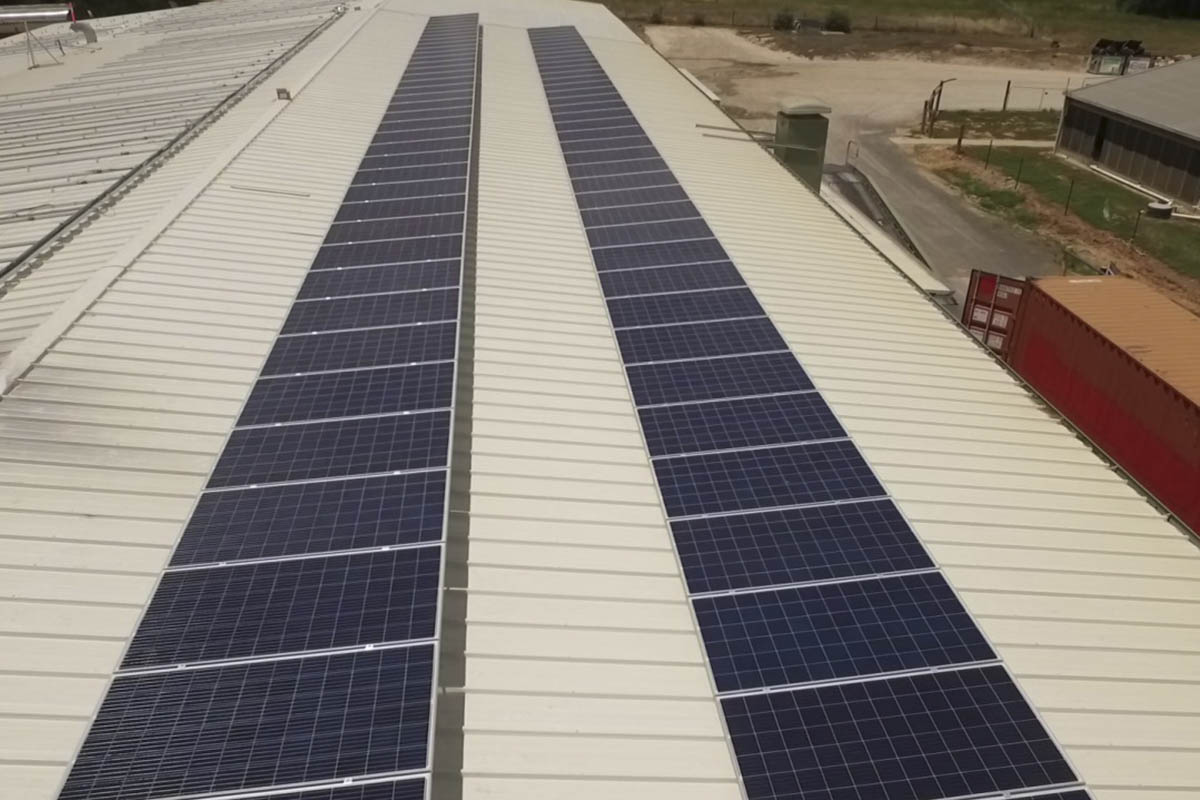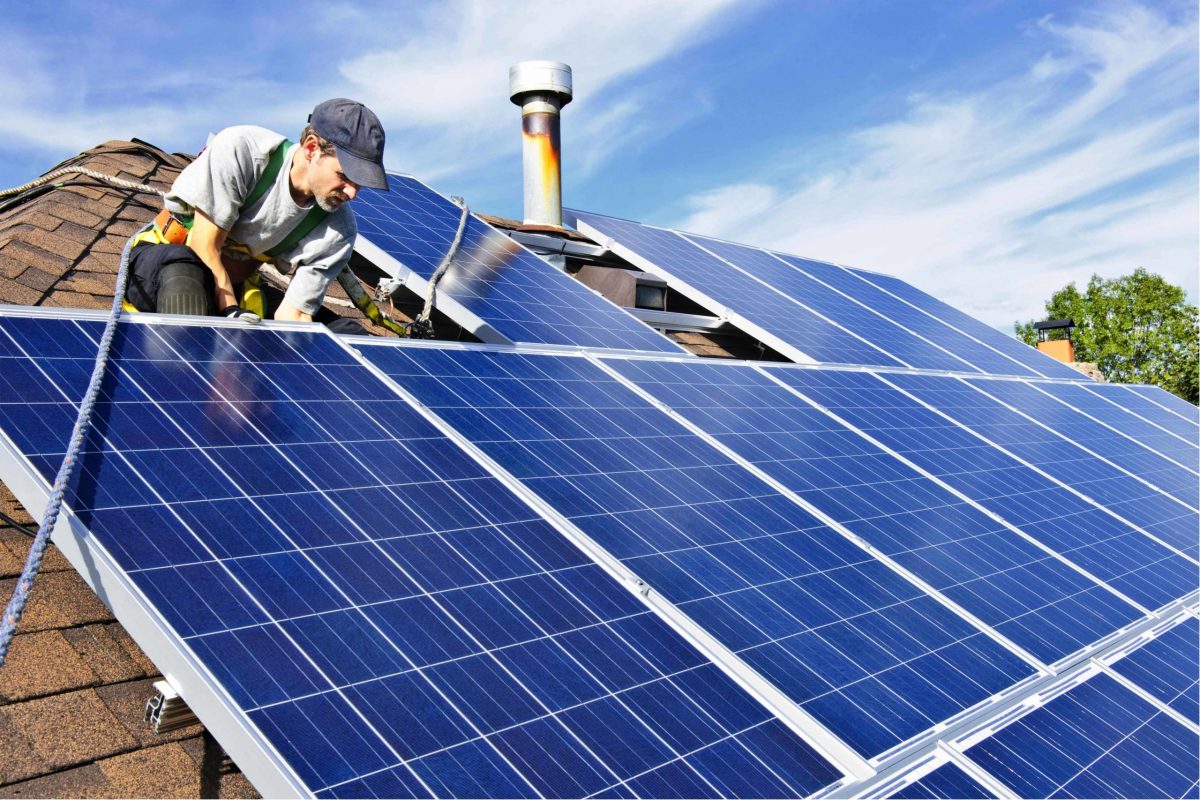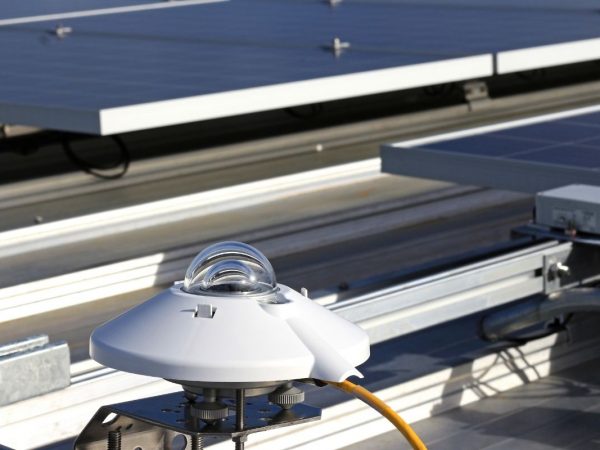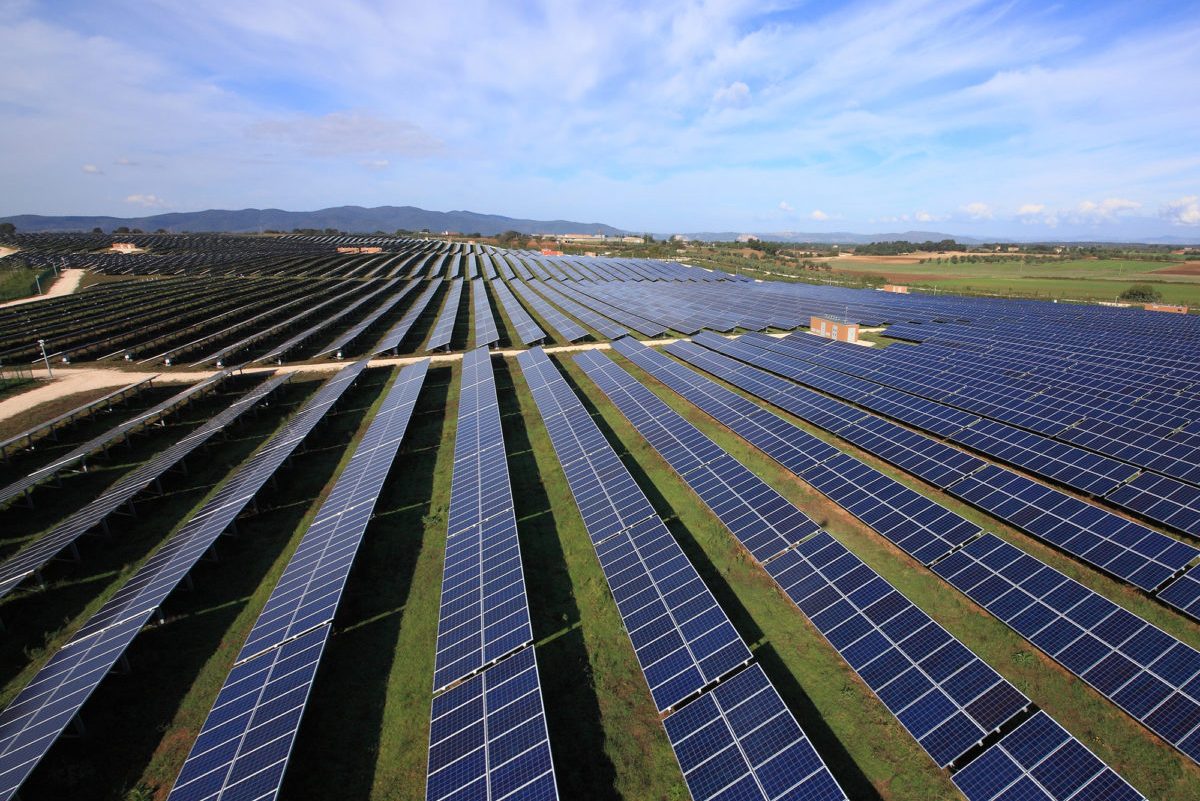Why Attend
What We Offer
Organizers
Meet Our Exclusive Team
Alice Wallace
EPBD Chief Executive Officer
Fred Perry Guzman
EPBD Deputy CEO and Director of Policies
Amelie Jean-Beauvais
Marketing Director and Business Development Strategist
Mikael Novalo
Head of Marketing and Executive Consultant
Become a Member
Latest News
Check latest blogs for more inspiration
Italy Enacts Energy Transition: Seven Key Points to Consider
ITALIA SOLARE, the national solar organization, based in Italy, sent a letter to Roberto Cingolani, the current Minister of Climate Change, outlining seven solar goals for accelerating the energy transition. The letter emphasizes that Italy still has a long way to go in terms of realizing the full potential of solar energy: It demonstrates that the longer we wait to begin the transition of energy sources, the more GDP, job prospects, and technological growth we can lose in a highly strategic sector in which Italian companies have the potential to be key ...
Solar Markets in Netherlands Promises a Bright Future
The EU’s newest market forecast for solar power indicates that these countries are on track to account for 50% of the European solar market share. On day two of our study, we are examining the EU’s second-largest market: the Netherlands. Last year, almost three gigawatts of project capacity were installed and 12 additional government-subsidized mega-wattitude projects in the pipeline. As far as the clouds are concerned, this painting a rosy picture is fair, considering the COVID pandemic. A projection by the national organization Holland Solar ...
Solar Radiation Measurement: Keep Your Solar Panels Honest
Solar radiation is the energy powering the Earth. You can use two instruments to measure solar radiation – a solarimeter and a pyranometer. The Sun radiates multiple wavelengths, but only a part of its energy reaches the Earth’s surface. Before you test your solar panels, you need to appreciate the concept of solar radiation and the factors that affect solar radiation. What Is Solar Radiation? Simply put, solar radiation is a fancy name for solar energy or solar resource...
Solar Market Growth in Spain Takes the Lead
We are kicking off 2021 by highlighting the solar markets at the Top 5 EU, as identified in our most recent EU Business Outlook for European Photovoltaics Business Development. In 2020, Spain was the EU’s third-largest solar market. Without auctions, the PPA/merchant segment has accounted for all of Spain’s new energy. This is a monumental achievement: it is the first time in Europe that this volume of capacity has been grid-connected without the use of public subsidies or auctions. This is an ...








